How American legend Ellsworth Kelly mastered colour and shape
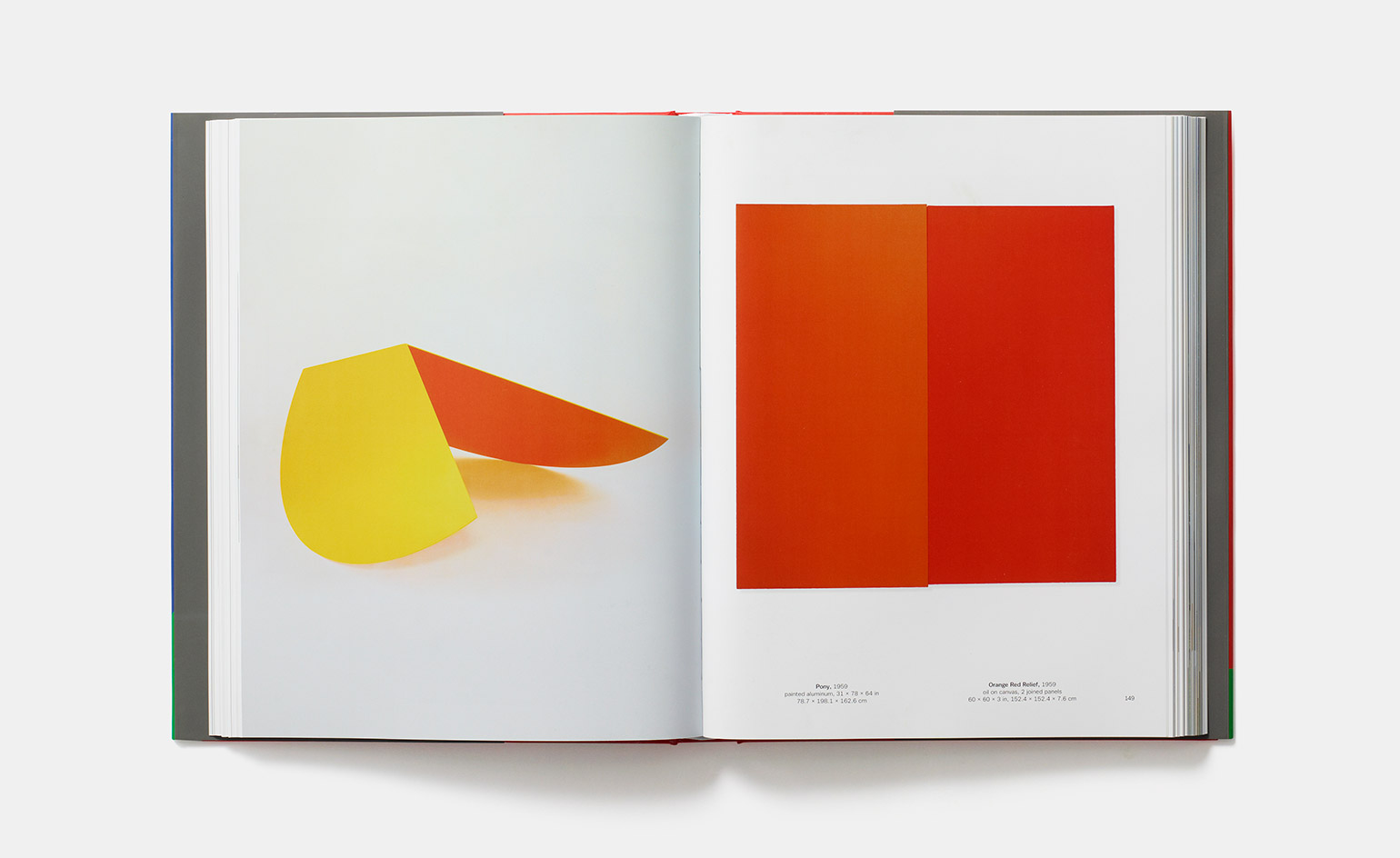
A new monograph chronicles the pioneering American painter, printmaker and sculptor Ellsworth Kelly, from the war-torn 1940s to the final work before his death in 2015, and every colour-clad note in between.
Curated by art historian and Kelly specialist Tricia Paik, and shaped in close collaboration with the late artist, Ellsworth Kelly trace his transformation into one of the most illustrious artists of the last century. With scholarly interludes from key historians, curators and writers including Richard Shiff and Fary Garrels, the book is a comprehensive celebration of all that distinguishes Kelly’s work from his peers.
The second son of three, Kelly was born in Newburgh, approximately 60 miles north of New York City. His father was an insurance-company executive, and his mother a former schoolteacher. The family eventually relocated to the town of Oradell, New Jersey, where Kelly became interested in birdwatching. ‘I believe my early interest in nature taught me how to “see”,’ explains the artist in the monograph’s introduction, recalling the first time he saw a Redstart, ‘a small black bird with a few very bright red marks’.
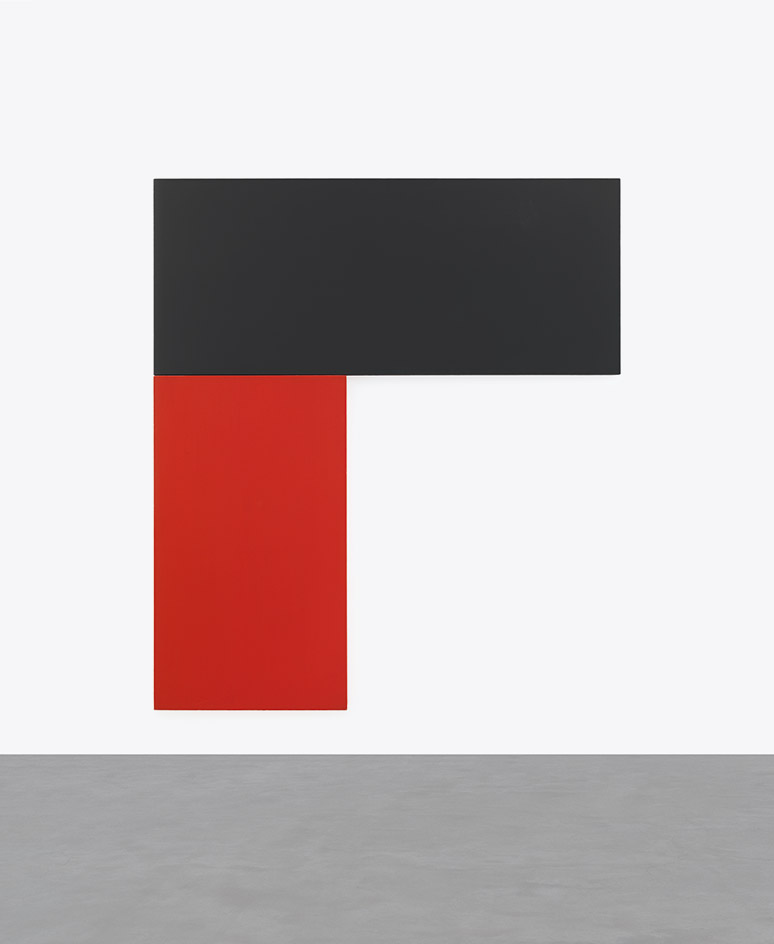
Chatham X: Black Red, 1971, by Ellsworth Kelly, oil on canvas, two joined panels. © Ellsworth Kelly Foundation.
In 1943, Kelly was drafted for US military service. Along with fellow artists and designers, he served in The Ghost Army, a top-secret unit formed to dupe the Axis forces with tools of deception including inflatable tanks, trucks, and fake radio transmissions during World War II. These years of subterfuge became a crucial source of creative inspiration; he found fascination in the space between the viewer and the painting, a void in which to absorb and intoxicate the onlooker with warped conceptions of space.
In 1948, he migrated to Paris and began to hone his signature hard-edge, channeling the surrounding architecture. Kelly brushed shoulders with fellow Americans including John Cage, Merce Cunningham and Alexander Calder, sparking a fresh zest for experimentation, colour field painting and abstraction. But in 1953 he was evicted from his Paris studio with only a single painting sale under his belt.
After retreating to New York, Kelly’s struggles persisted as he continued to try and crack the art market. By this point, his work was an aesthetic anomaly of the period – audiences at the time found it difficult to digest the European qualities and block-coloured punch of his work.
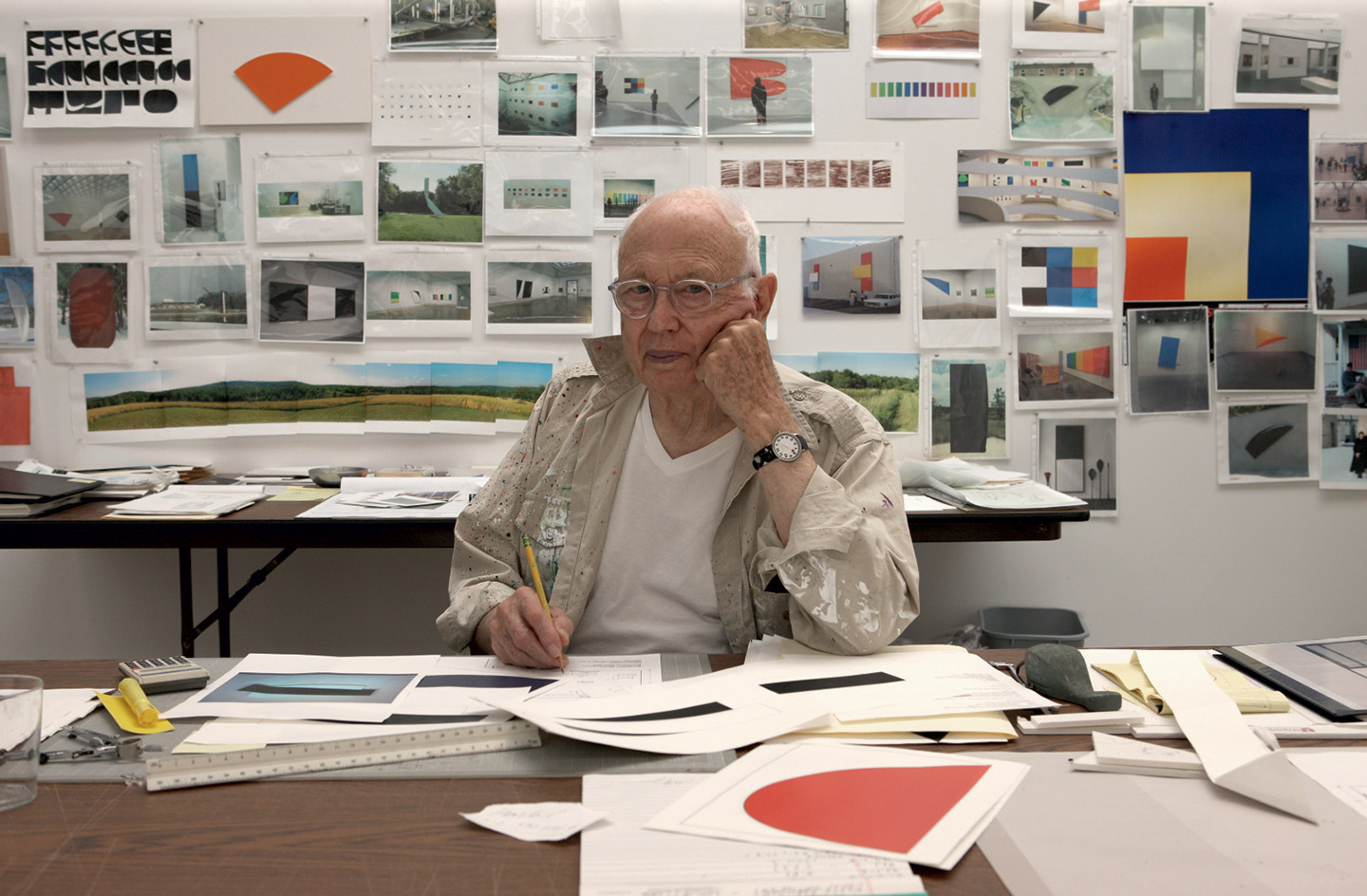
Ellsworth Kelly in his Spencertown studio, New York, 2012.
It was a media review of an Ad Reinhardt show that urged him to persevere, eventually landing his first New York exhibition in 1956 at Betty Parsons. ‘People didn’t really come to the show much. I felt embarrassed, I had to apologise for using bright colours!’ he recalled. Kelly’s art became increasingly audacious as the 1960s dawned. He settled into his groove and began to defy the conventional canvas format, trialing curved, layered and irregularly angled shapes; he wanted the canvases to be on par with its surface, not just a silent carrier.
Kelly is portrayed in the book not only as a vibrant powerhouse of American abstraction, but also as a premature minimalist, a singularity resistant to rejection, and a chromatic king who allowed colour to bring joy to the masses and roam unrestrained.
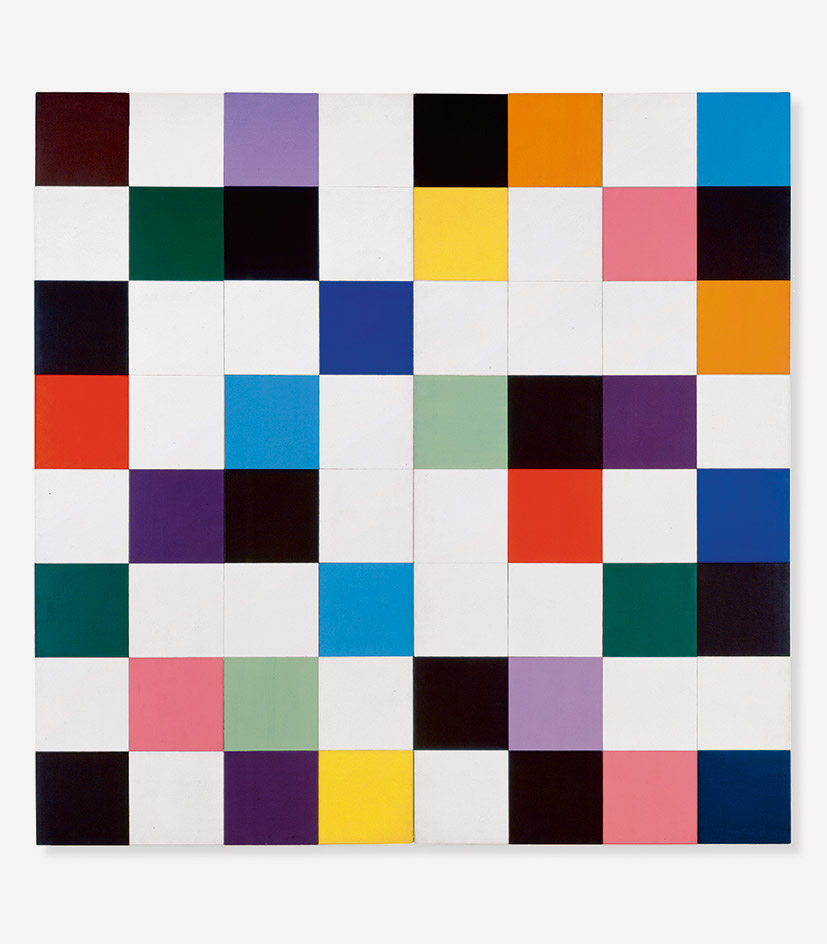
Colors for a Large Wall, 1951, by Ellsworth Kelly, oil on canvas, 64 joined panels. © Ellsworth Kelly Foundation.
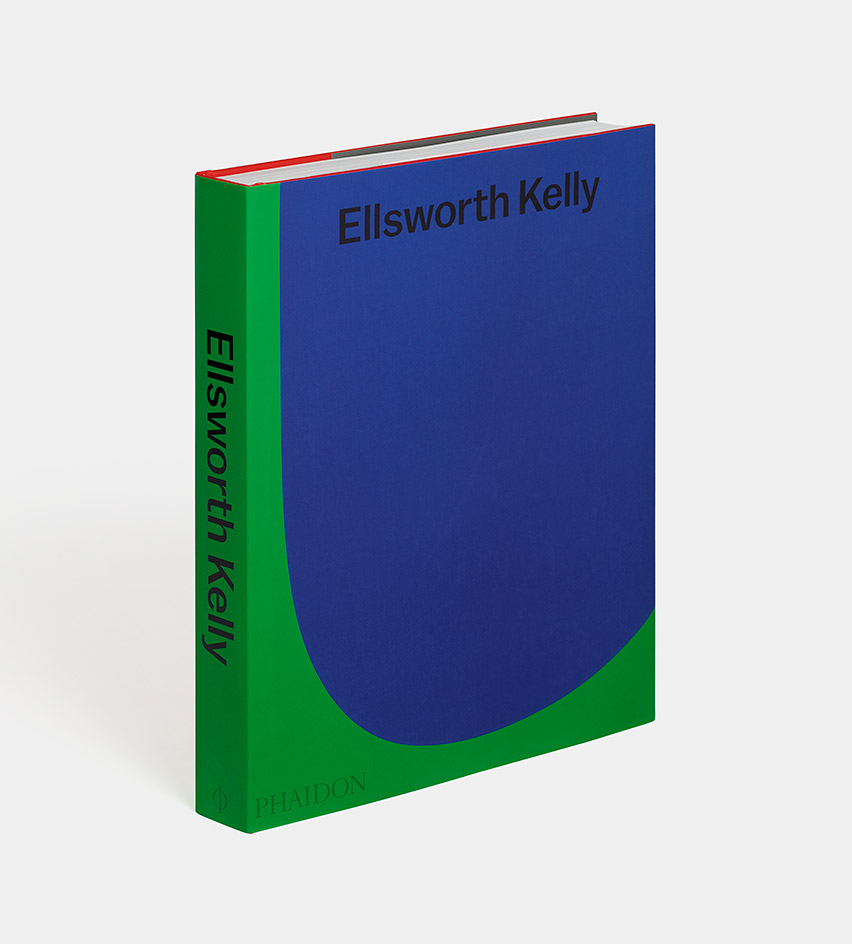
Ellsworth Kelly, published by Phaidon

Red Green Blue, 2002 (left) and Blue Black, 2001, by Ellsworth Kelly
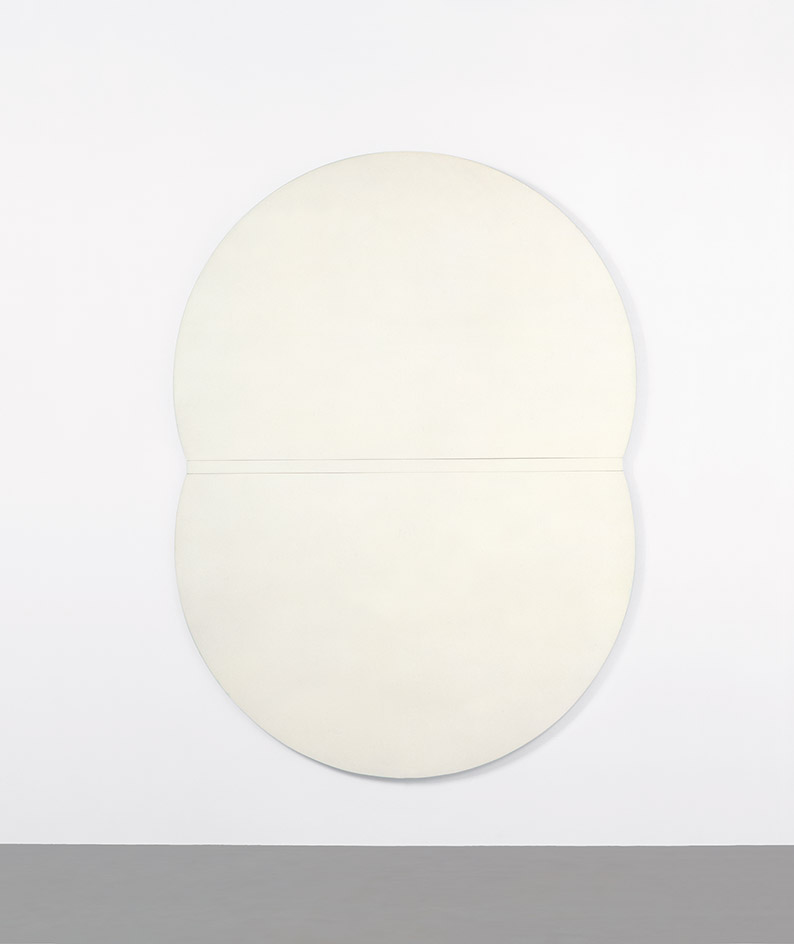
White Plaque: Bridge Arch and Reflection, 1955, by Ellsworth Kelly, oil on wood, two panels separated by a wood strip. © Ellsworth Kelly Foundation.
INFORMATION
Ellsworth Kelly, £75, published by Phaidon
Receive our daily digest of inspiration, escapism and design stories from around the world direct to your inbox.
-
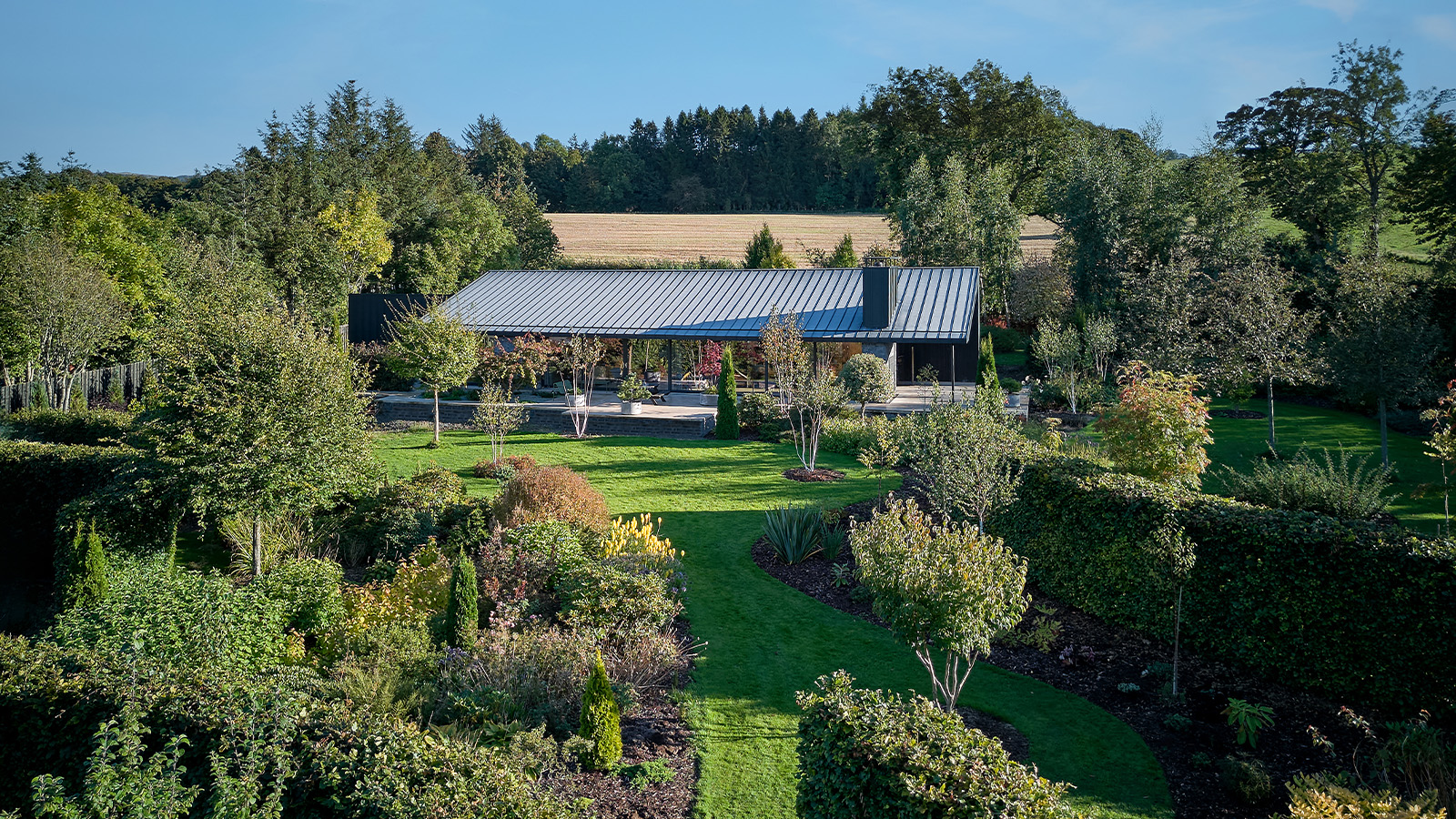 A compact Scottish home is a 'sunny place,' nestled into its thriving orchard setting
A compact Scottish home is a 'sunny place,' nestled into its thriving orchard settingGrianan (Gaelic for 'sunny place') is a single-storey Scottish home by Cameron Webster Architects set in rural Stirlingshire
-
 7 colours that will define 2026, from rich gold to glacier blue
7 colours that will define 2026, from rich gold to glacier blueThese moody hues, versatile neutrals and vivid shades will shape the new year, according to trend forecasters
-
 In Norway, discover 1000 years of Queer expression in Islamic Art
In Norway, discover 1000 years of Queer expression in Islamic Art'Deviant Ornaments' at the National Museum of Norway examines the far-reaching history of Queer art
-
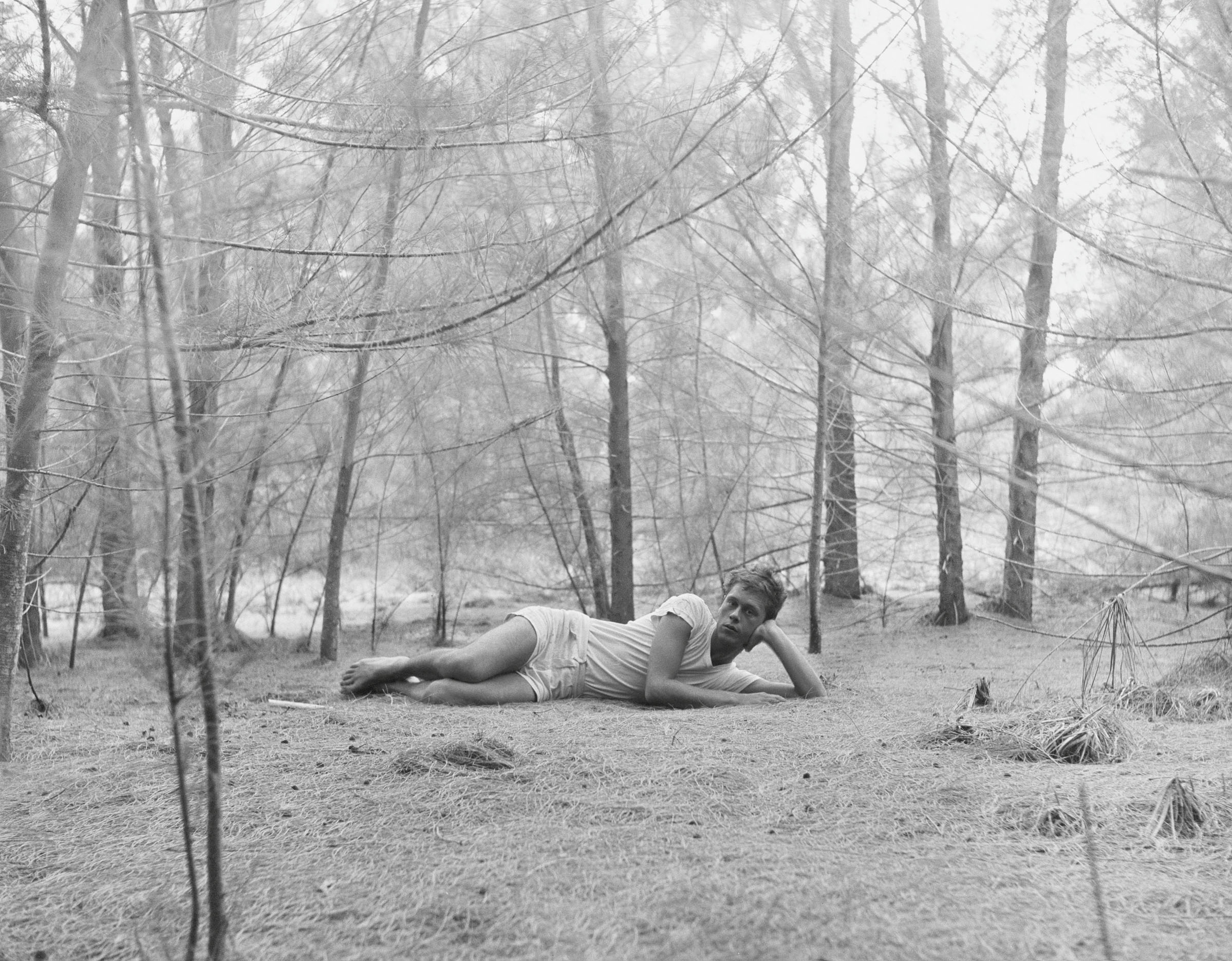 Inside the seductive and mischievous relationship between Paul Thek and Peter Hujar
Inside the seductive and mischievous relationship between Paul Thek and Peter HujarUntil now, little has been known about the deep friendship between artist Thek and photographer Hujar, something set to change with the release of their previously unpublished letters and photographs
-
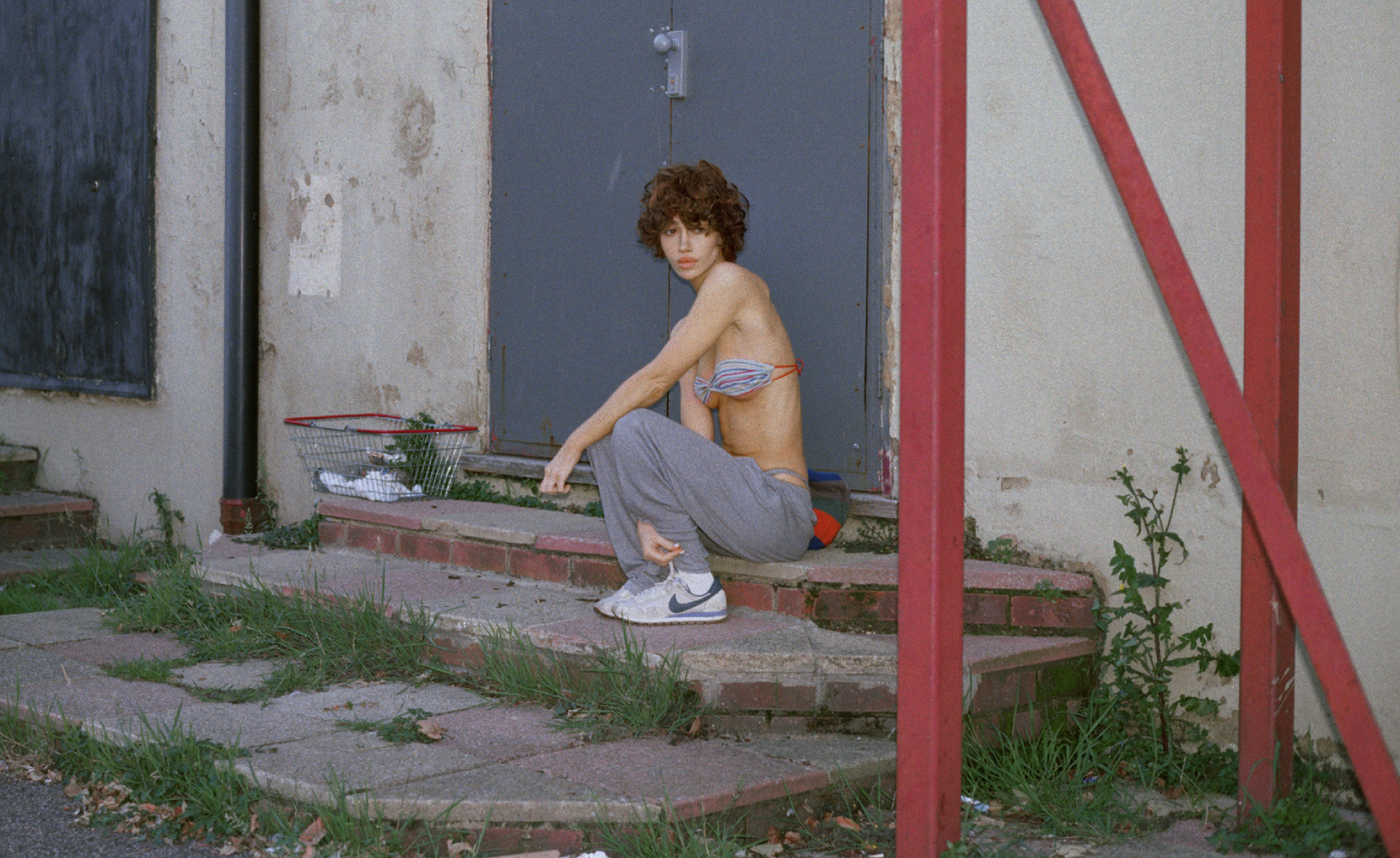 Nadia Lee Cohen distils a distant American memory into an unflinching new photo book
Nadia Lee Cohen distils a distant American memory into an unflinching new photo book‘Holy Ohio’ documents the British photographer and filmmaker’s personal journey as she reconnects with distant family and her earliest American memories
-
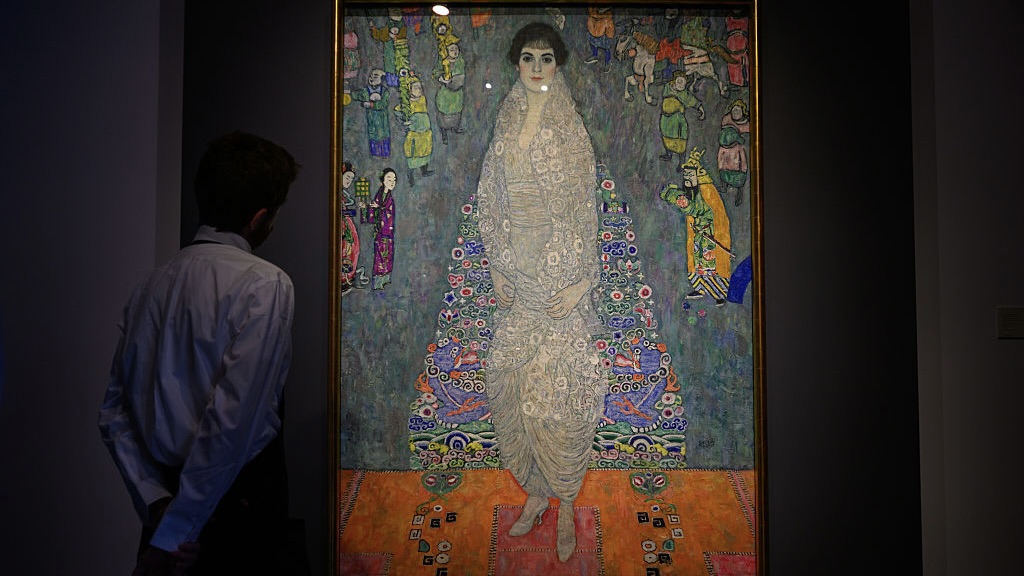 This Gustav Klimt painting just became the second most expensive artwork ever sold – it has an incredible backstory
This Gustav Klimt painting just became the second most expensive artwork ever sold – it has an incredible backstorySold by Sotheby’s for a staggering $236.4 million, ‘Portrait of Elisabeth Lederer’ survived Nazi looting and became the key to its subject’s survival
-
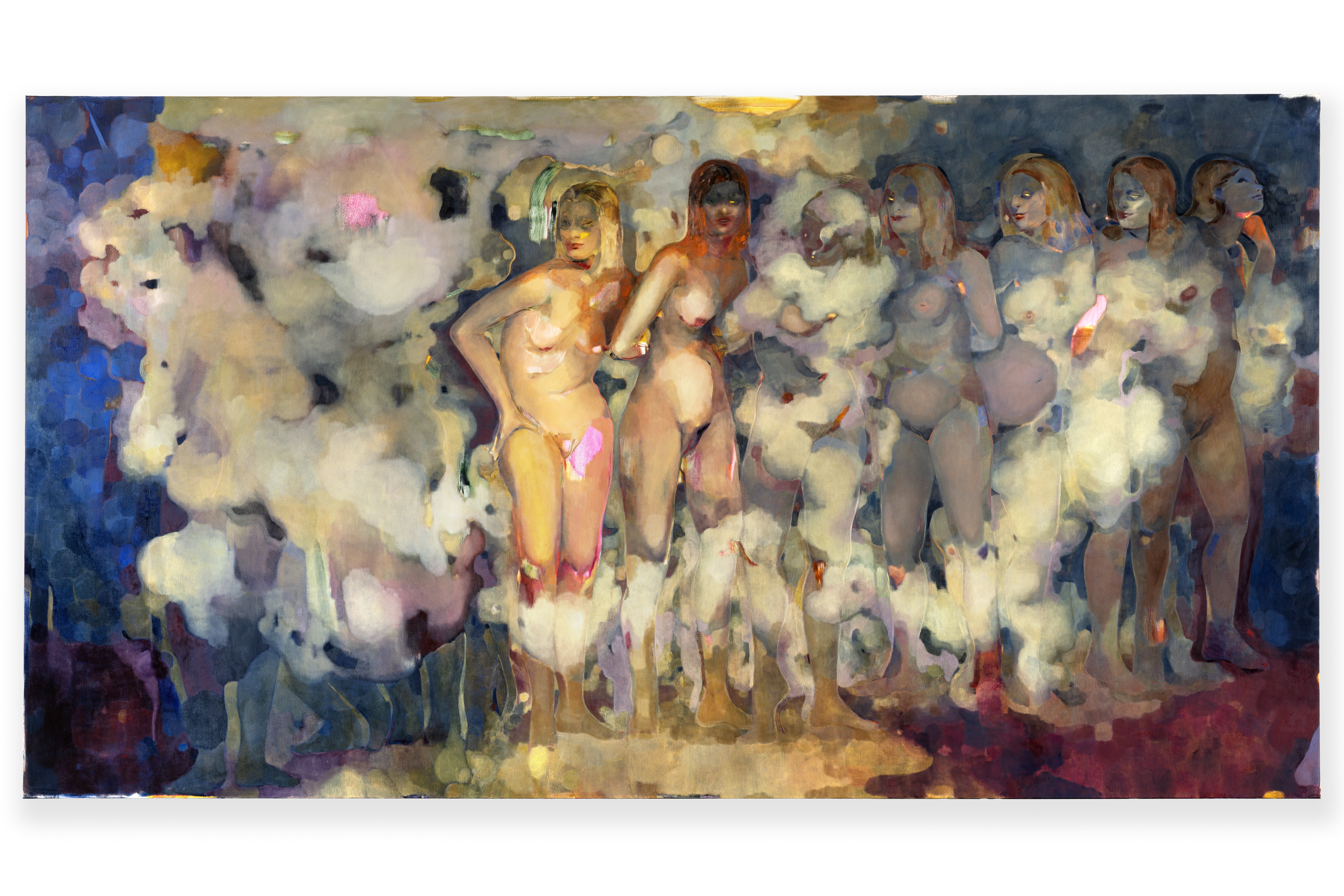 Meet Eva Helene Pade, the emerging artist redefining figurative painting
Meet Eva Helene Pade, the emerging artist redefining figurative paintingPade’s dreamlike figures in a crowd are currently on show at Thaddaeus Ropac London; she tells us about her need ‘to capture movements especially’
-
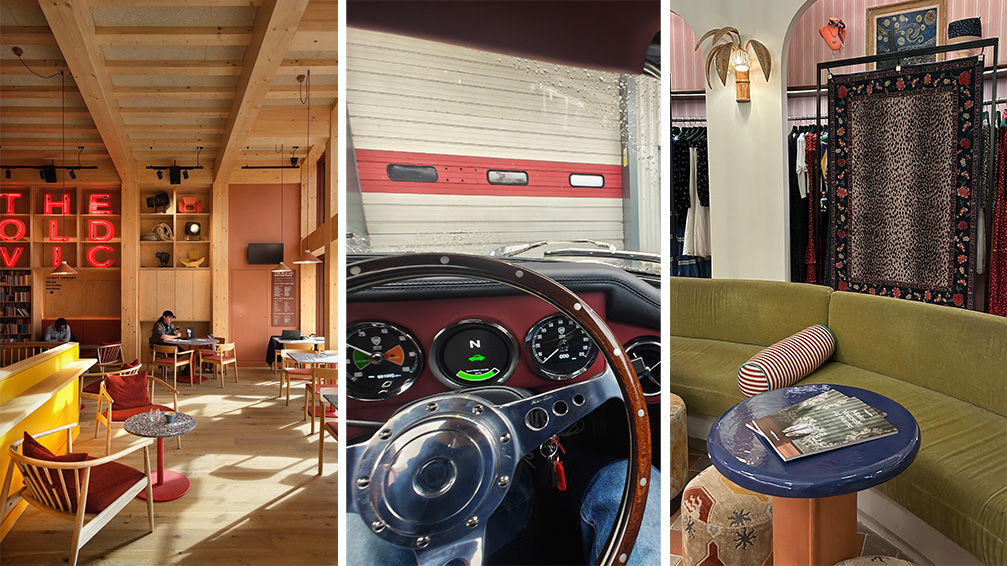 Out of office: The Wallpaper* editors’ picks of the week
Out of office: The Wallpaper* editors’ picks of the weekThe rain is falling, the nights are closing in, and it’s still a bit too early to get excited for Christmas, but this week, the Wallpaper* team brought warmth to the gloom with cosy interiors, good books, and a Hebridean dram
-
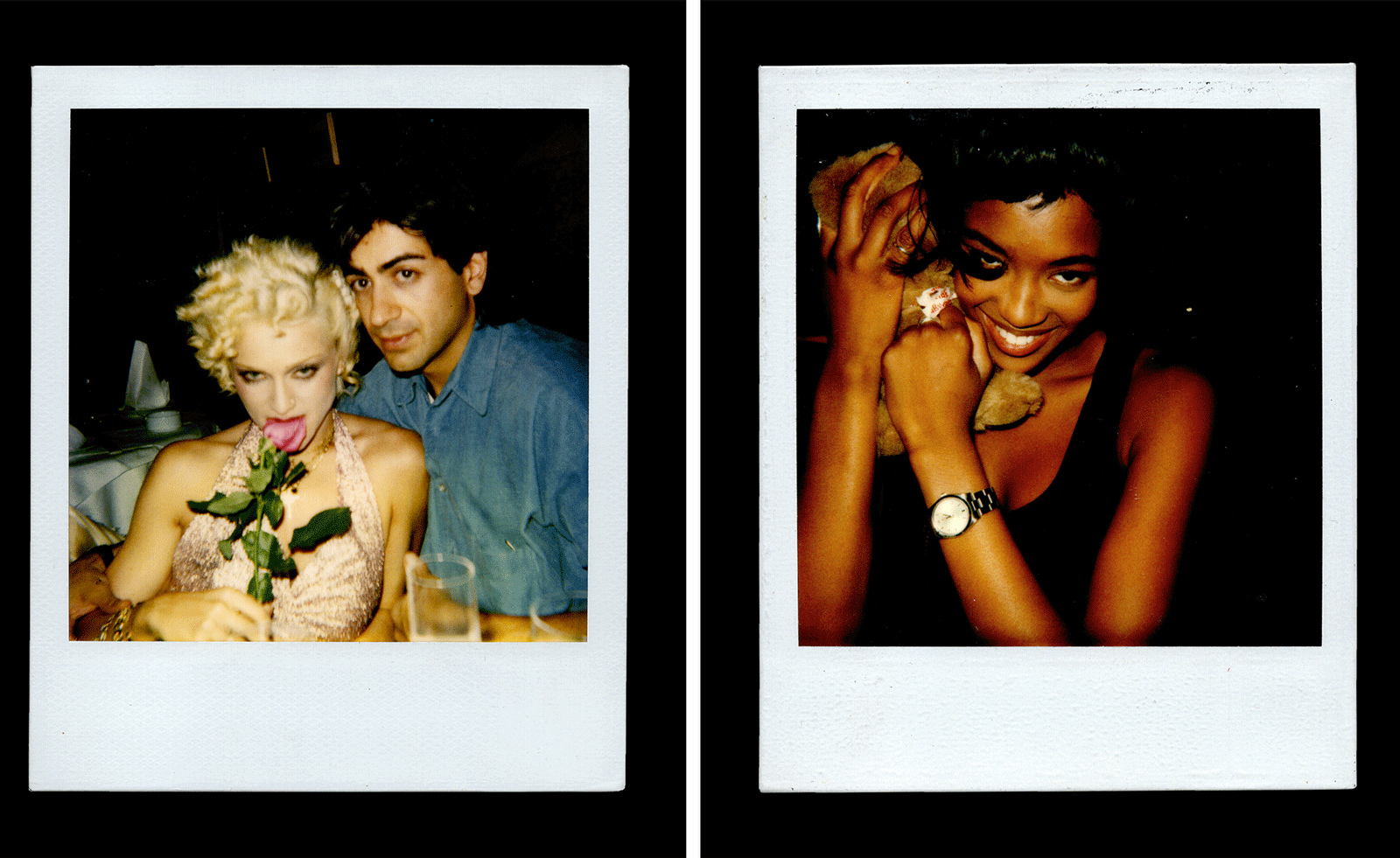 Inside Davé, Polaroids from a little-known Paris hotspot where the A-list played
Inside Davé, Polaroids from a little-known Paris hotspot where the A-list playedChinese restaurant Davé drew in A-list celebrities for three decades. What happened behind closed doors? A new book of Polaroids looks back
-
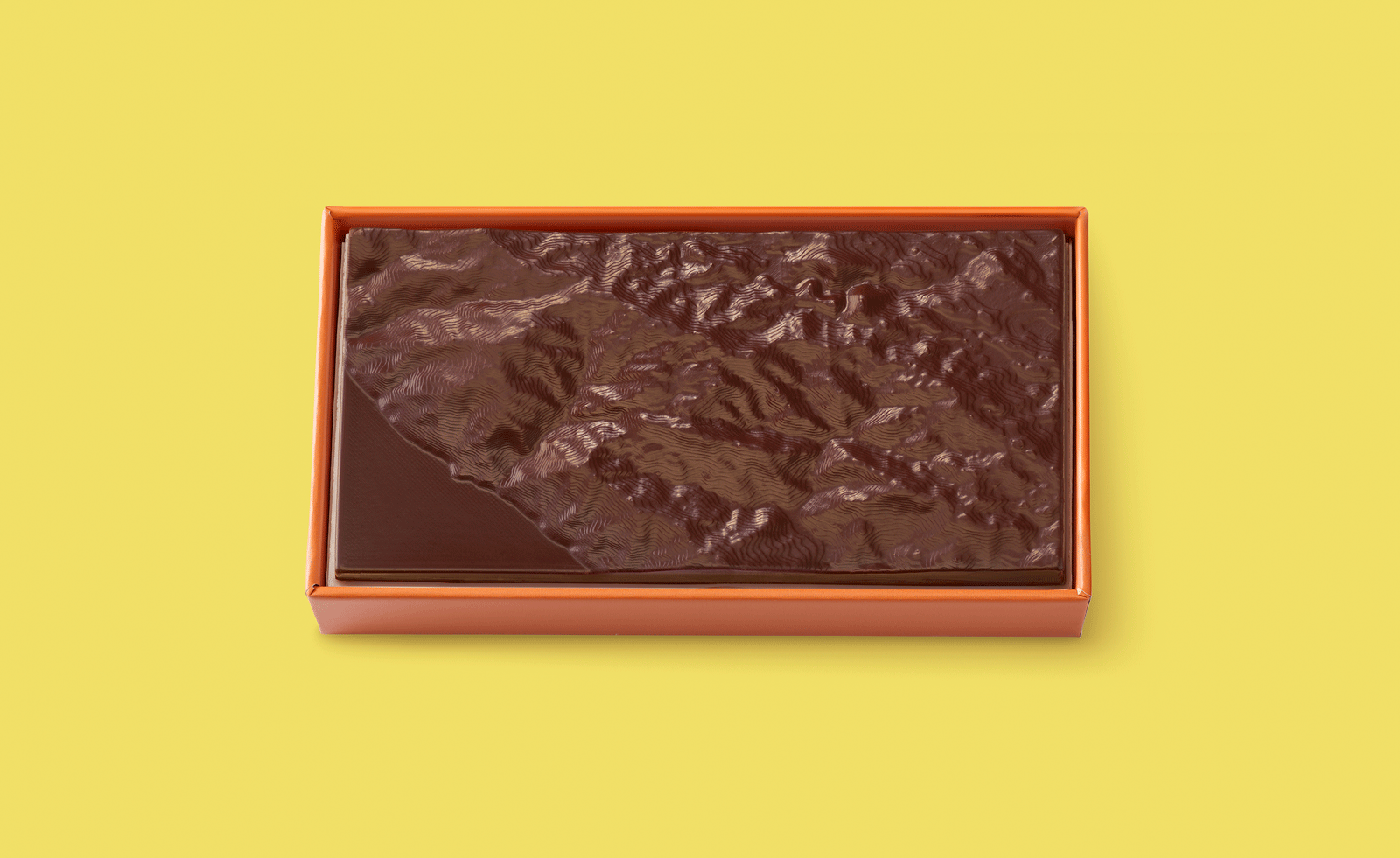 Ed Ruscha’s foray into chocolate is sweet, smart and very American
Ed Ruscha’s foray into chocolate is sweet, smart and very AmericanArt and chocolate combine deliciously in ‘Made in California’, a project from the artist with andSons Chocolatiers
-
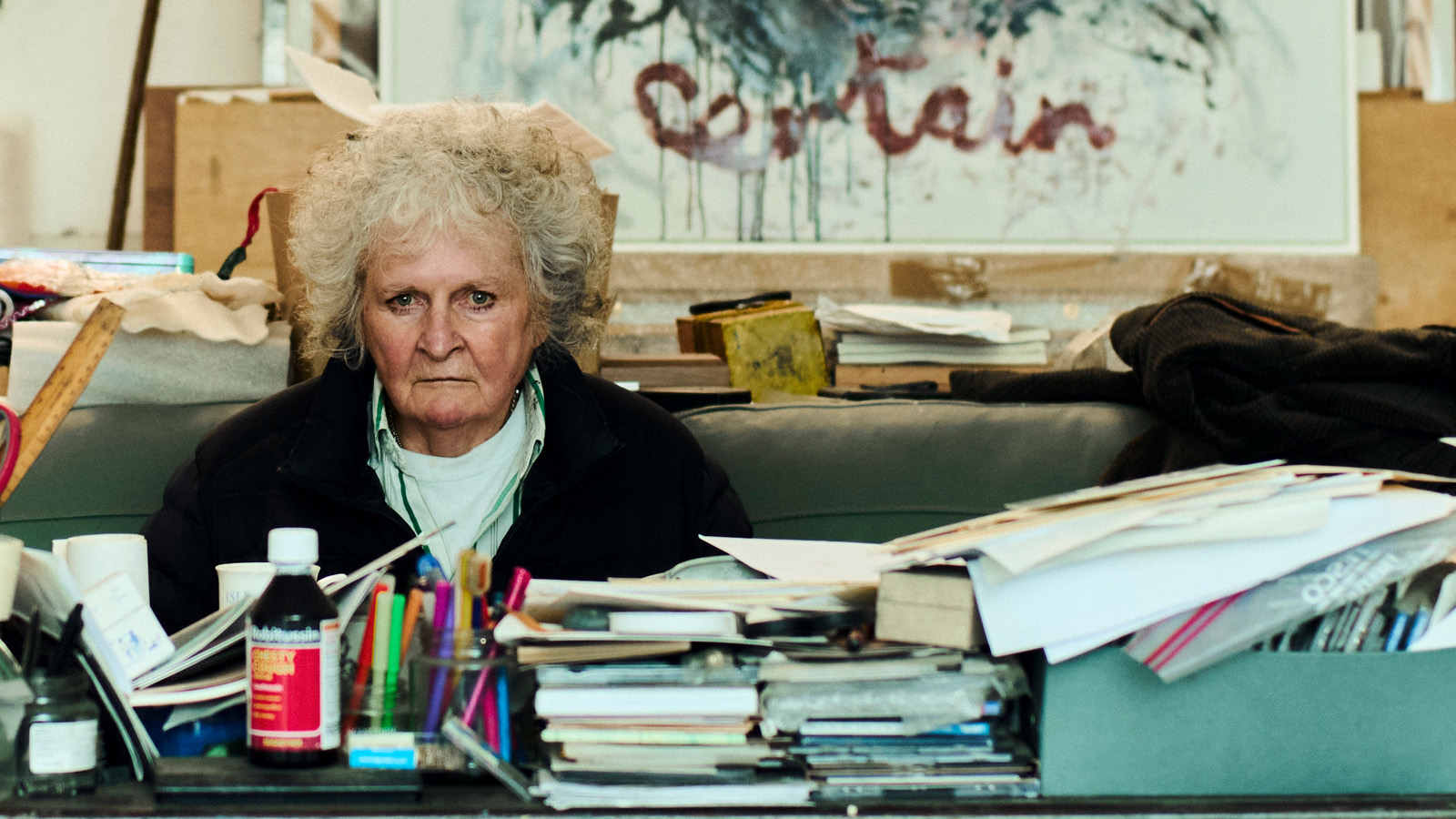 Maggi Hambling at 80: what next?
Maggi Hambling at 80: what next?To mark a significant year, artist Maggi Hambling is unveiling both a joint London exhibition with friend Sarah Lucas and a new Rizzoli monograph. We visit her in the studio